Read Aloud Routine for Improving Vocabulary and Comprehension
Wanting to up your read aloud game? This lesson plan from Dr. Stephanie Stollar will support you in maximizing vocabulary and comprehension in your read alouds.

Wanting to up your read aloud game? This lesson plan from Dr. Stephanie Stollar will support you in maximizing vocabulary and comprehension in your read alouds.
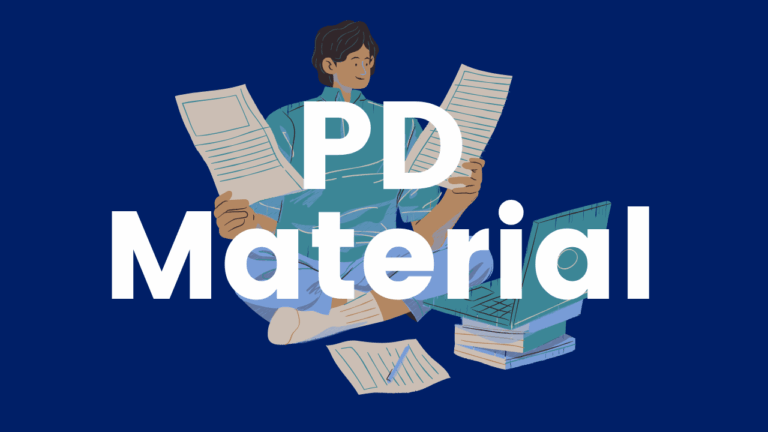
Dr. Stephanie Stollar developed a free set of presentation slides outlining basic findings in the science of reading. Slides, speaker notes, and handouts are provided.

Contrary to popular belief, students should not be taught to memorize irregular words by sight. In most irregular words, only one or two letters do not conform to their usual sound correspondence. This means that most irregular words are at least partially decodable. This is a printable collection of irregular word cards.
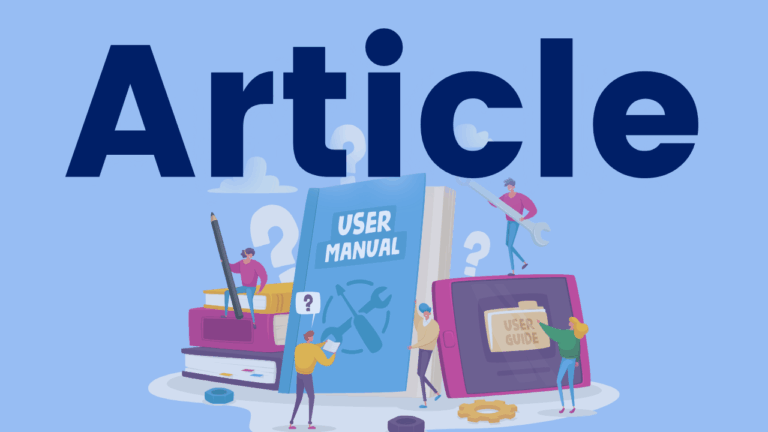
Often, high-frequency words are called « sight words » with the expectation that these words are irregular and must be memorized. Integrating high-frequency words into phonics lessons allows students to make sense of spelling patterns for these words. To do this, high-frequency words need to be categorized according to whether they are spelled entirely regularly or not….

In this PaTTAN webinar, Michael Hunter outlines a flexible strategy for reading and spelling multisyllabic words. Students identify the vowels in words to determine the number of syllables and where to break the word.

In this video, Linda Farrell demonstrates a lesson focused on teaching a flexible strategy for decoding multisyllabic words.

Linda Farrell explains the process readers go through when they decode new multisyllabic reading. In the video, she highlights set for variability, where a reader flexes sounds to adjust close approximations.

Linda Farrell highlights an instructional approach to teaching multisyllable words with silent « e » and vowel teams in this brief video.

Dr. Stephanie Stollar explains set for variability in this brief video. Set for variability is the set of skills that allow students to correct close approximations while decoding.
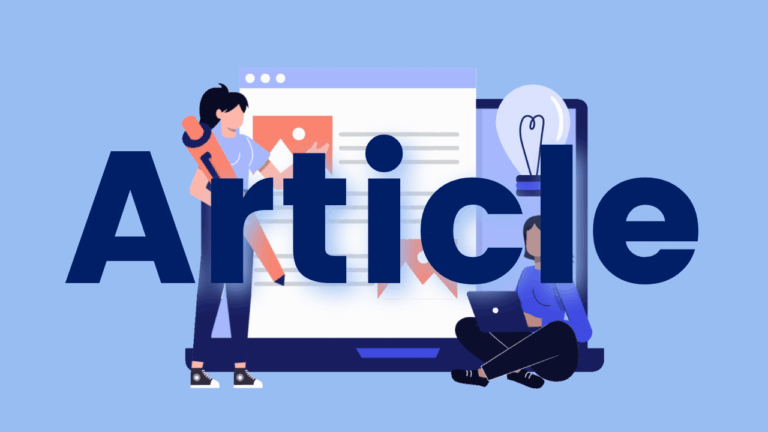
Par morphologie, un terme emprunté à la biologie (1822, dans le cas du terme français) et appliqué en linguistique (1868, chez Littré), les linguistes entendent l’étude de la structure interne des mots1 (plus particulièrement des mots en tant qu’occurrences, c’est-à-dire ce qu’on appelle en anglais word forms et grammatical forms) ; il s’agit de montrer comment les mots sont formés à partir de leurs parties constitutives et comment ces parties contribuent au « sens » (valeur / fonction) de l’ensemble.
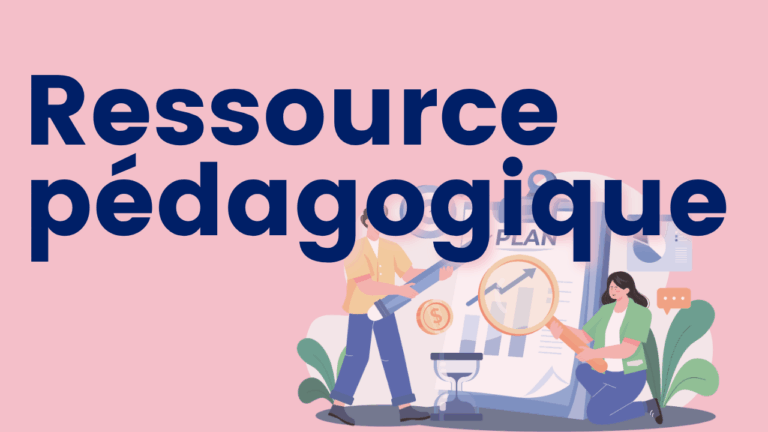
Cette capsule vidéo décompose en cinq parties l’enseignement robuste du mot « évaluer » à l’aide du modèle « Journal de vocabulaire » Frayer.
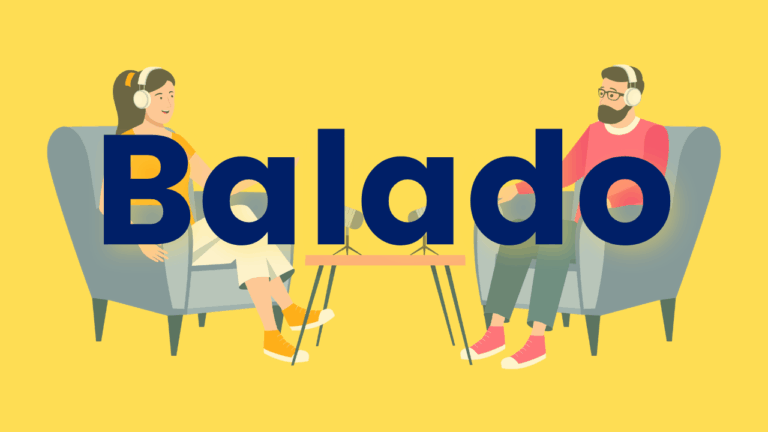
Ce balado présentera des renseignements essentiels sur l’enseignement et l’apprentissage du vocabulaire. Vous verrez aussi plusieurs autres ressources reliées à la littératie.